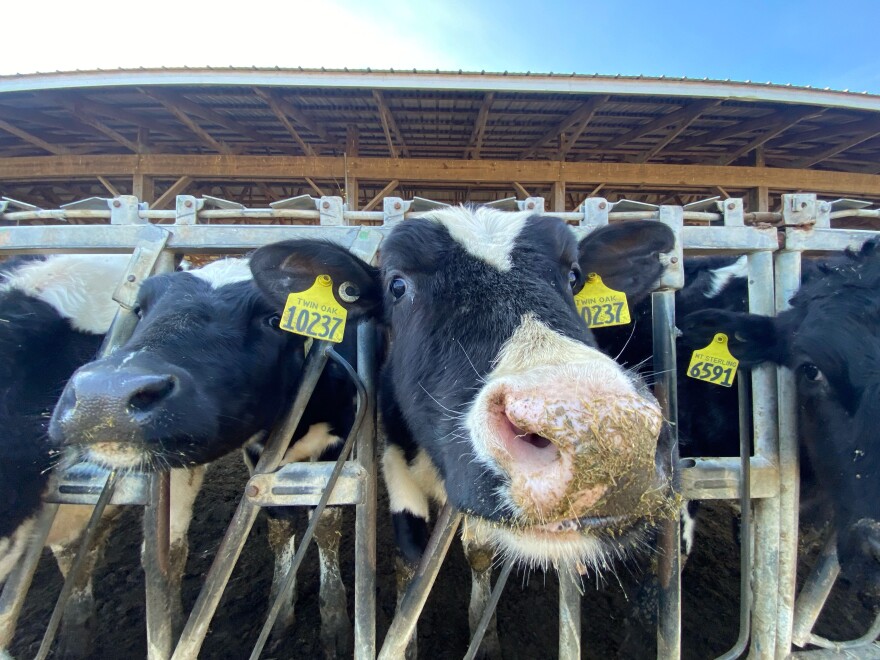According to the Ohio Veterinary Medical Association, about 2% of all Ohio veterinarians only practice on food animals, such as cattle or hogs. There are about 102,500 food animals in Southwest Ohio alone, but just three veterinarians to service those areas, according to the Ohio Department of Agriculture.
Ellen Yoakam, a field veterinarian for the department, said it can be challenging for farmers if there are no veterinarians available.
“[Farmers] may not have one that is geographically within a reasonable distance from them,” she said. “And with large animals, as you can imagine, you can't exactly just pack up your dairy cow and take her to an emergency facility.”
The vet shortage is not unique to Ohio. According to the U.S. Department of Agriculture, 44 states had at least one area with a designated food animal veterinarian shortage in 2019 — most of those being rural communities.
"You can't exactly just pack up your dairy cow and take her to an emergency facility"
Yoakam said this kind of work can be physically demanding and may not pay as much as a small animal practice in the city.
“As I look around just today, it is snowing sideways, the rural back roads are not very well attended to,” she said. “But large animal veterinarians will still be functioning in this type of weather. And that’s not for everyone.”
Rural wages are not as competitive either. For instance, veterinarians in rural Eastern Ohio have an annual median wage of $72,700 compared to a veterinarian in Central Ohio earning $109,680, according to the U.S. Bureau of Labor Statistics.
Student loans for veterinary graduates can also be a burden. The average student loan debt for a recent veterinary graduate is about $143,000, according to the American Veterinary Medical Association.
This month the Ohio Department of Agriculture nominated five shortage areas to the USDA Veterinary Medicine Loan Repayment Program. The program incentivizes veterinarians to come work in areas that have animal health service shortages. In return, the program helps pay back some of the veterinarians’ student loans.
Food reporter Alejandro Figueroa is a corps member with Report for America, a national service program that places journalists into local newsrooms.


